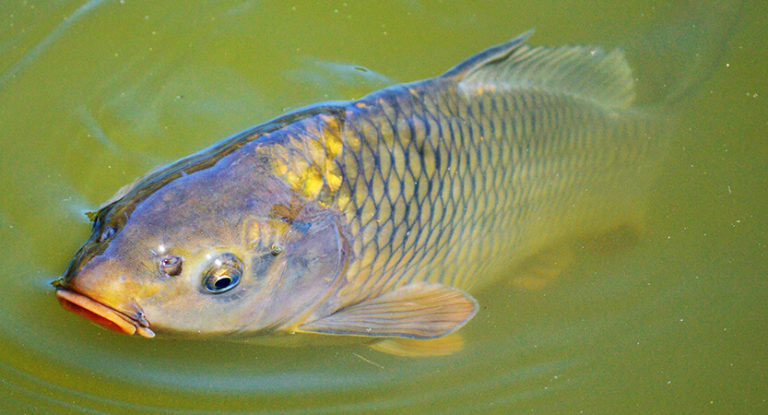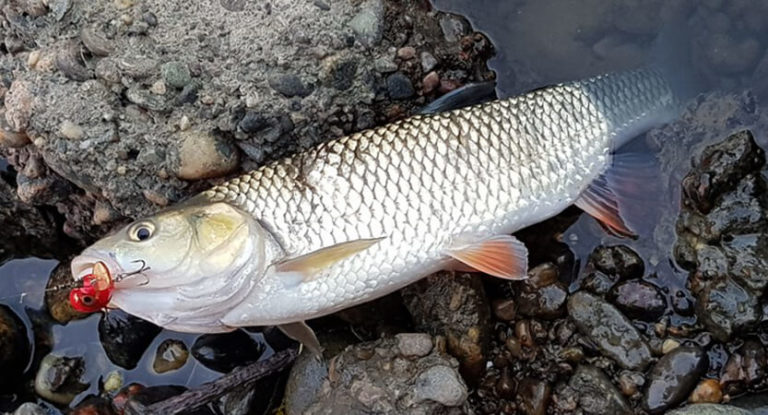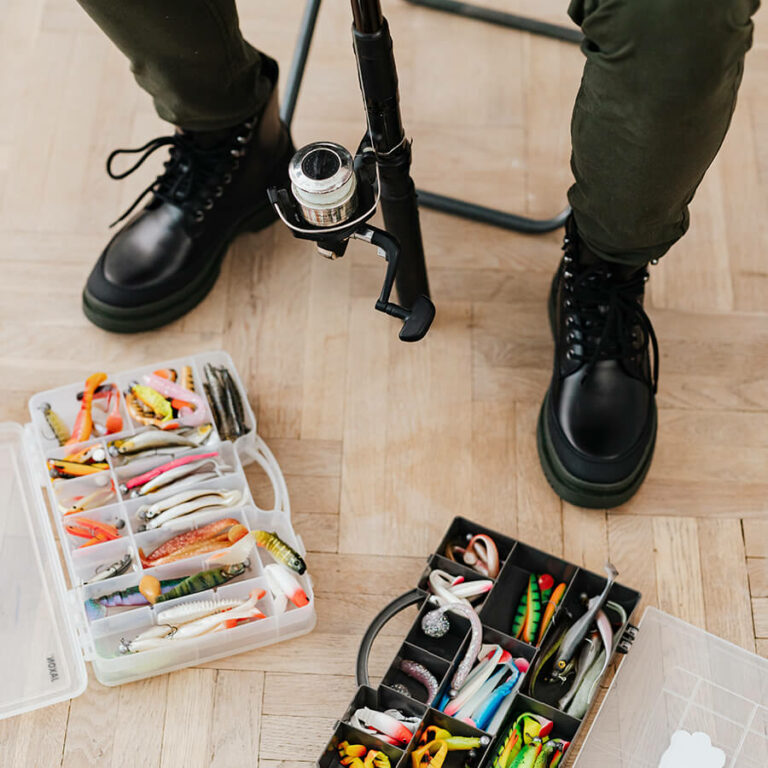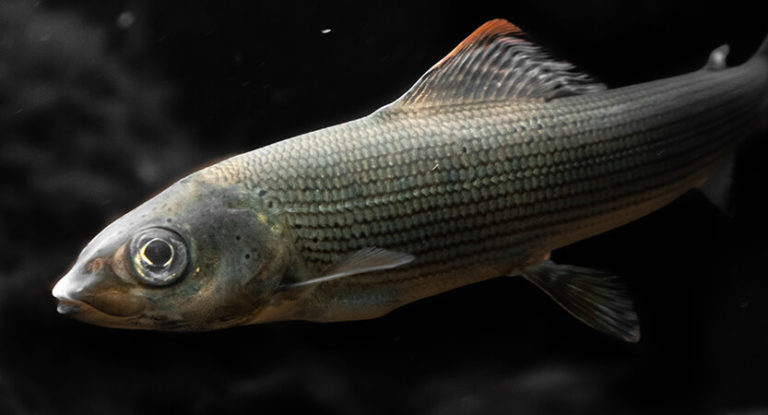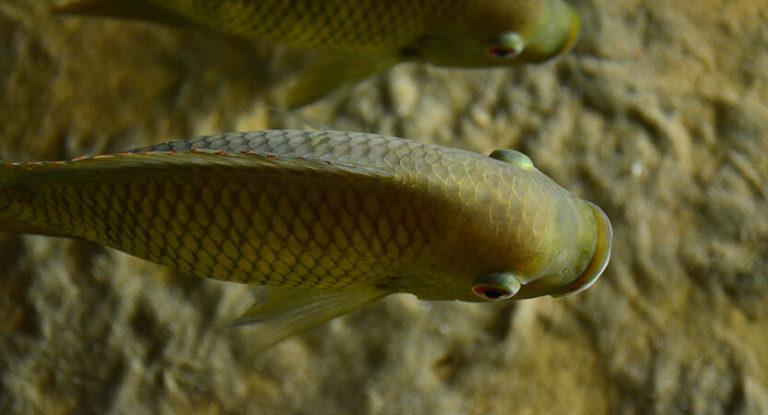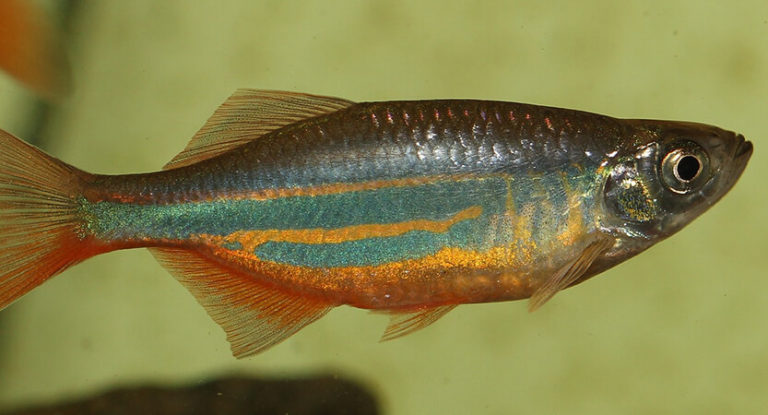Roach is one of the most widespread peaceful inhabitants of our reservoirs, a traditional object of amateur and sport fishing. In some regions, it is called roach or common roach, its number does not inspire concern – it knows how to adapt to rather uncomfortable living conditions. Fishing for roach is a fascinating activity that is available even to fishing neophytes, because the extraction of small specimens does not require special skill or subtle nuances of rigging.
In today’s publication, we will focus on the most significant points that should be observed when catching this, in fact, unpretentious fish. We will consider the nuances of rigging when fishing on free water and on ice, we will learn how to select and prepare baits and lures. All this information will be interesting for novice fans of this most interesting and truly masculine hobby, because, as you know, you can’t catch a fish from a pond without difficulty. Even if this fish is an ordinary, picky, roach living everywhere and everywhere!
Here is an overview of the content of this tutorial, feel free to jump to any section you care about:
For more fishing instructions, take a look at these popular Trizily links: Best Fishing Kayaks, Best Fish Finders.
- Guide To Bream Fishing
- Trolling: The Ultimate Fishing Technique
- Fishing Techniques- All You Need To Know
Roach habitat
As mentioned above, the distribution area of roach is practically all lowland freshwater reservoirs, with the exception of the coldest regions. It can be found even in small streams and ponds, however, in such conditions it does not grow particularly large. Trophy roach is caught in deep rivers, lakes and reservoirs with vast water areas. In principle, there is a small current, muddy bottom areas, aquatic vegetation.
Roach grows large where there is an abundant food base, as well as its natural enemies, for example, pike. Predators decrease the population, reducing food competition, due to which individual individuals reach trophy sizes. The main food competitors of this fish are carp , and bream: it is they who drive large roach away from their favorite sites near bottom anomalies at a depth of 3-5 meters.
This representative of the carp family prefers to lead a gregarious lifestyle, straying into small groups of 5-8 individuals of the same size and age. Often it can be found at the border of the current, behind the far line of coastal thickets, under the trees hanging over the water. It is best to search for sites of groups of large specimens using an echo sounder. Fishing for trophies is carried out practically from the bottom layer, smaller specimens – from half water.
Features of fishing for roach by seasons
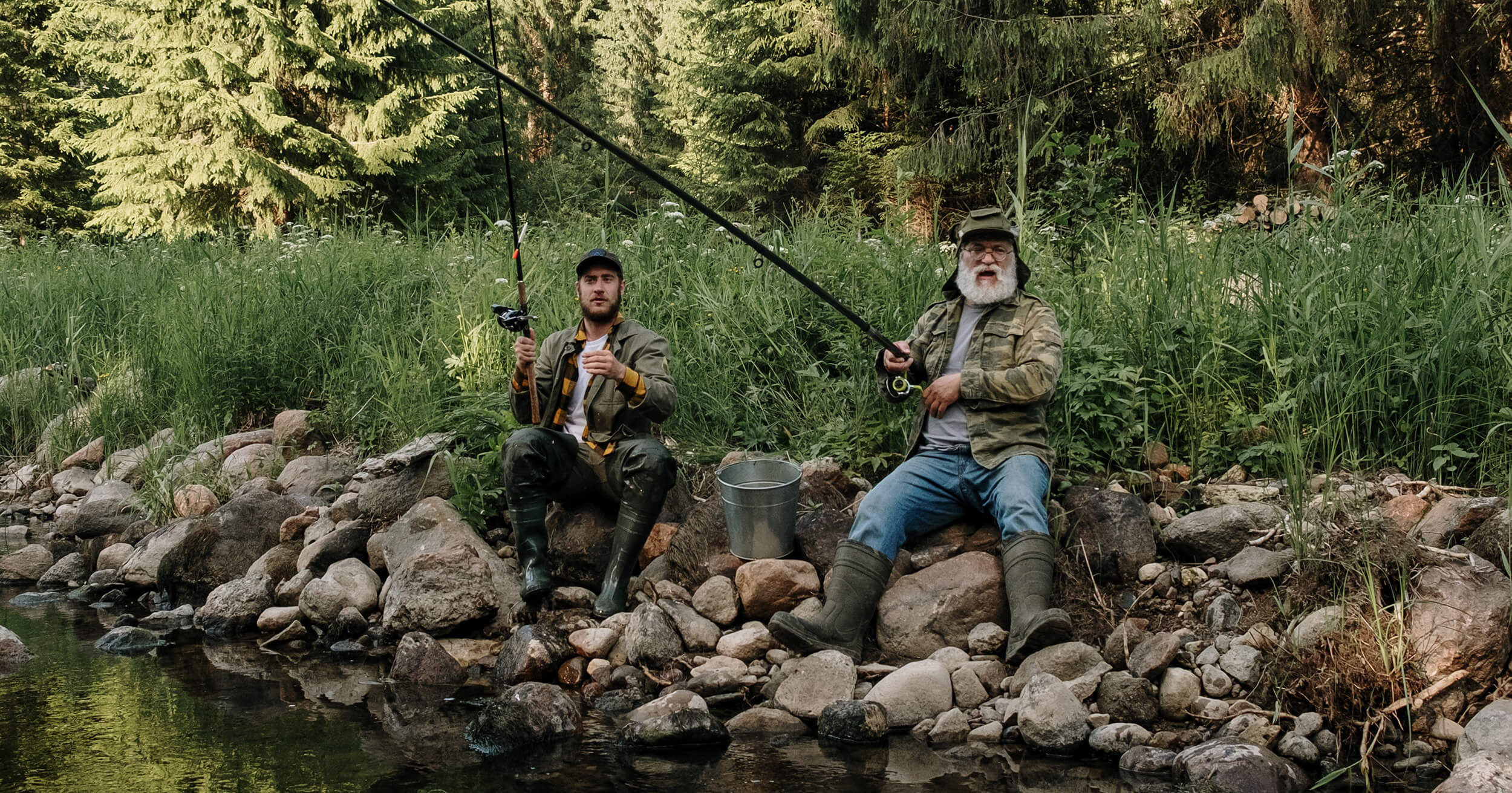
Spring is the most favorable time for catching common roach: This time clearly shows its apparent eagerness to eat before and after spawning. Aquatic vegetation has not yet filled the coastal water area, which facilitates the use of wild-type donuts. During this period, roach takes good on bait of animal origin, and it gathers in easily accessible places – shallows heated by the sun with a minimum current. The period of the most intense biting occurs at the height of daylight hours. Going fishing during this period, one should not forget about spawning restrictions, especially since during this period the ram is perfectly caught with all kinds of float rods.
In the summer, the roach biting shifts to the morning and evening dawn: at noon, especially in the heat, it takes extremely rarely. Trophy specimens prefer to feed at dusk and at night. In addition to traditional float rigs, it is wise to use a long distance casting feeder in still water. Fishing from a boat is especially promising. Downstream, a Telescopic fishing rod with a lead at the bottom is successfully used. Large roach is well caught on “sandwiches” bloodworms / maggots, but sometimes it can be attracted by vegetable baits, including algae.
In autumn, fish move to the maximum depth, closer to winter camps, along the way increasing protein reserves. This is not the best time for catching this representative of the carp family, however, good results can be achieved using classic and bottom gear. The activity of the fish is strongly influenced by weather conditions : during cold weather and bad weather, biting practically stops, resuming after warming.
In the wilderness, roach is inactive: the periods of more or less noticeable bite fall mainly on thaws and stable sunny days with frost. At this time, catching it presents serious difficulties: it requires very delicate equipment, soft play, and a special tactic of sticking. Before the ice drift, the roach become noticeably more active, preparing for the spawning period.
Bait fish
In modern conditions, successful fishing is unthinkable without competent baiting of fish at the point of fishing. Ideally, the feed mixture will gradually disintegrate, forming a cloud of turbidity that slowly spreads when the masses of water move. It is this cloud that attracts roach and other carp from afar.
The optimal groundbait for roach in open water will be a mixture of fish feed and bread crumbs. You can add a large fraction in the form of canned corn or pearl barley to it, but with targeted fishing for roach during periods of cold weather, components of animal origin are more effective: maggot (preferably dyed), bait bloodworm, chopped worm.
It is wise to use traditional anise and vanilla as an attractant – this is a way out for all occasions. You can successfully use a ready-made feed mixture (the main thing is to adhere to the instructions when the desired consistency is reached) or special attractants for roach.
Optimum consistency (density and viscosity) is achieved by adding water and soil from the reservoir where fishing is carried out. Groundbaiting is carried out according to the classical scheme: preliminary feeding with large balls, then periodically tossing smaller balls in the process of fishing. At long distances, point lure is practiced, when fishing on landless carp rods, it is usually not carried out at all. When using feeders and other bottom gear with a rod, the installation uses classic feeders ( “spring” , “method”, “cork” ), filled with feed mixture without soil.
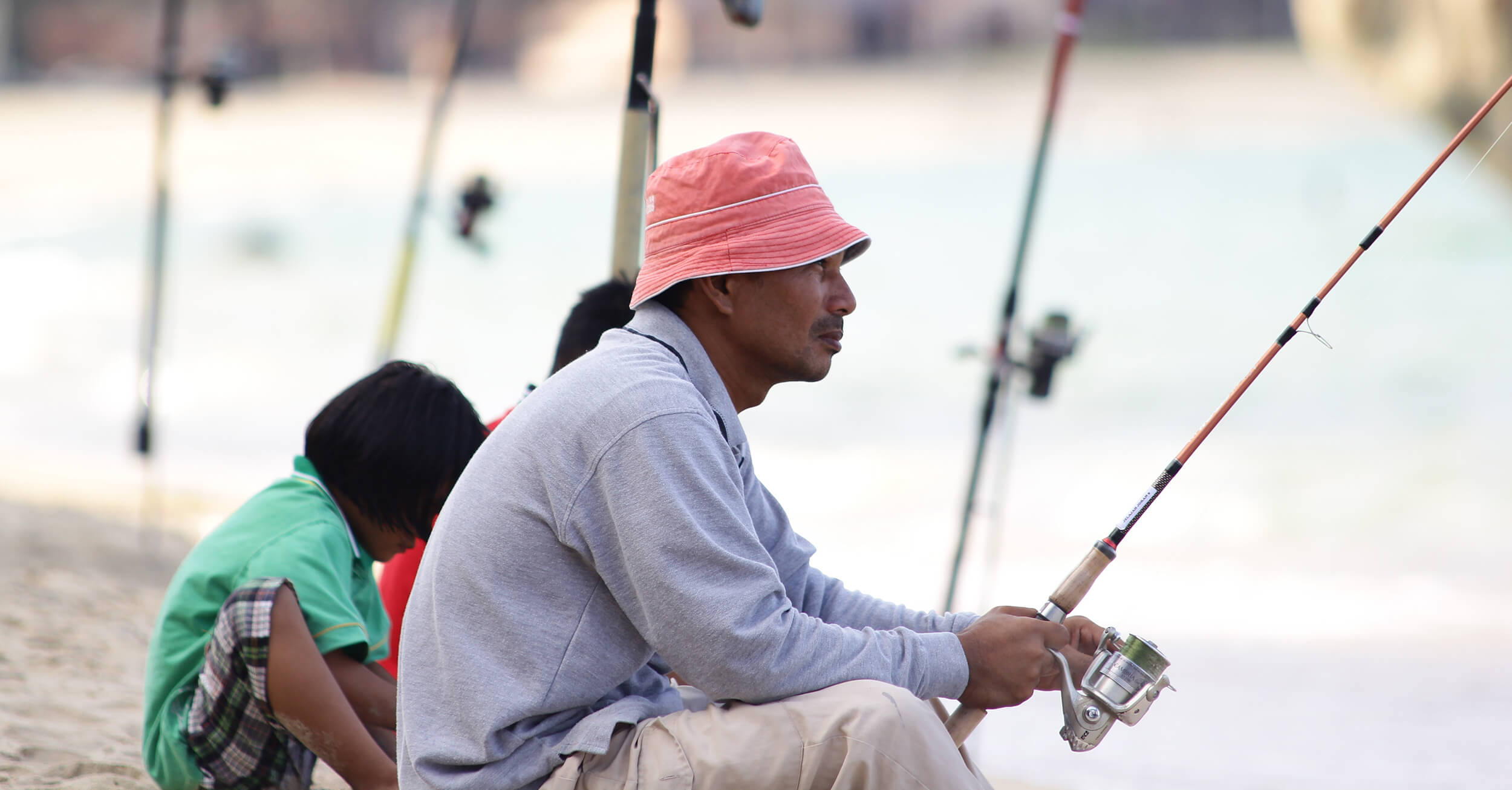
Best nozzles
Roach cannot be called a vegetarian: under natural conditions, it usually prefers animal food, only occasionally supplementing the diet with algae. Therefore, it is better to catch roach on baits of animal origin , and the bloodworm is clearly the top option. The second favorite delicacy of this representative of the carp family is maggot. It is not bad for caddis larva, Freshwater Shrimp, all species of earthworm, small leech, fly, grasshopper, dragonfly.
When using vegetable baits, it is strongly recommended to include an attractant. Most often in amateur fishing, boiled barley is used ; canned corn also gives excellent results. Peas and steamed grains attract this fish much less.
When fishing for trophy in stagnant water, dough, corn and semolina porridge of various consistencies, and lupine are often effective. In early summer, fishing for lumps of algae is productive. In all cases, it is reasonable to use all kinds of bait combinations to catch solid individuals.
When fishing with the flow, artificial lures are successfully used : for example, “silicone”, imitating all kinds of larvae, worms and insects. However, a hungry active roach can easily peck at a foam ball floating by.
Using a float rig
The use of float gear when fishing for roach in open water is a classic of the fishing genre. Fishing both from the shore and from the boat is productive. The main fishing line is a classic monofilament thread with a diameter of 0.1-0.15 mm, a thinner leash (in summer and autumn – better from fluorocarbon, hardly noticeable in water) and hooks number 3-6.
The fishing technique is extremely simple: we set the optimal depth (for large specimens – 20 cm from the bottom or almost near it), bait the hook, throw the tackle, wait for a bite (you can slightly manipulate the rod or reel, making unhurried wiring). Small roach arranges a real struggle for bait, weighty one – comes up to it slowly. When the float is sunk or goes to the side – it’s time to hook the fish with a jerk of the rod and carefully pull it out, keeping the line taut.
There are several main types of float rods , which provide for special nuances of rigging and fishing tactics:
- Light rod . The simplest option is a light rod, without rings and a reel, the line is attached through a connector to the tip of the “stick”. A monofilament with a diameter of 0.18 is used, a drop-shaped float (usual – for standing water, reverse – for flow), the corresponding weight. The swing stick is used mainly for stagnant water and weak currents for fishing at short distances.
- Telescopic rod . Telescopic fishing rod in the classic version provides for the presence of a reel and guide rings. With the help of it, they usually catch roach downstream: it is adapted for posting. The use of artificial silicone baits pays off.
- Match . The match blank looks like a spinning rod: short length, mandatory spinning reel. The classic match rig uses a special float with the ability to slide. Match rods allow you to fish at long distances and significant depths, but difficulties arise with the delivery of complementary foods.

Bottom gear
If we talk about the classic non-roach bottom gear with several leashes and hooks, it is not very rational to use it for targeted fishing for roach. This tackle makes a lot of noise with every cast, which scares the fish away. In the summer, during the flowering period, as well as in the fall, it is better to use an improved version – an elastic band. Such a bottom rod returns to the water due to the rubber shock absorber spontaneously, there is no need to make repeated casts with a load. But there is one caveat: when fishing with the flow, a heavy load is required that can fix the rig, that is, about a kilogram in weight. Throwing it without a boat is almost impossible.
When fishing for roach with an elastic band, you should pay attention to the invisibility of the tackle: large specimens are quite careful, therefore it is better to use fluorocarbon leashes and select small hooks, avoiding rough mounting elements.
In the spring, the use of bottom rod rubber bands is justified to the maximum extent: there is no aquatic vegetation yet, the probability of catching and breaking the line is minimal. However, it is necessary to take into account the peculiarities of spawning restrictions, which come into force with the onset of the mating season for fish: it is forbidden to use a boat and fish with more than one hook. Therefore, the most legal and comfortable option would be to use a bottom fishing rod or feeder.
If you plan to catch this fish with a bottom rod, it is better to pick up a light fast action blank: ultra-long distances are not required here, and the reaction to a bite is needed quite fast – roach bite carefully and rarely reliably self-chop. A monofilament with a diameter of 0.15-0.2 mm is quite suitable as the main line. The most effective is the rig with a spring feed equipped with hooks No. 5-6. A bell-shaped signaling device is welcome.
Feeder fishing
Feeder fishing has its own nuances. The fact is that even trophy specimens do not reach too large sizes, therefore, there is no need for a reinforced rod. Roach is best caught using a light blank with the most sensitive tip: small fish often bite unintelligibly. For fishing in small reservoirs and narrow rivers, “sticks” 3.3 m long are optimal, allowing you to throw the feeder at a distance of no more than 30 m. When fishing in a reservoir with a vast water area, it is better to give preference to blanks of 3.6-3.9 m with a casting distance up to 60 m.
Fishermen rarely hunt for roach purposefully, therefore, point feeding is practiced based on other representatives of the carp family. It is carried out by casting special feeders at one point at least five times.
The main trick when fishing with a feeder is to determine a promising place and make a notch in the direction in order to keep the feeder in one square all the time. It should be borne in mind that roach is extremely rarely self-hooking, so you will have to be vigilant about the signaling device. But playing it out is very simple – it practically does not offer resistance.
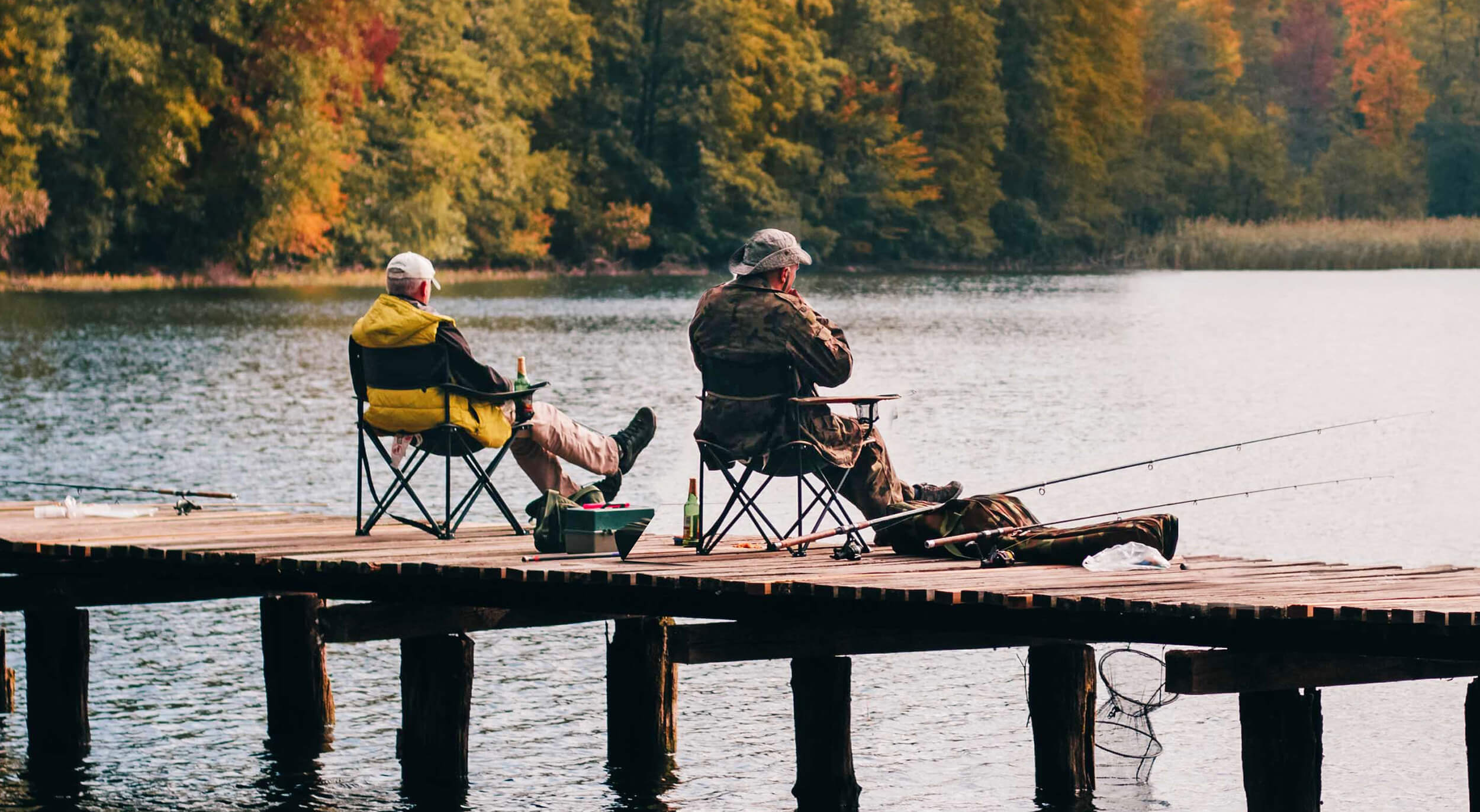
Features of ice fishing
With the onset of cold weather, the roach goes deeper and deeper, becomes inactive, therefore, catching it becomes much more difficult. On the first day, she practically ceases to eat, gradually adapting to new conditions. With the establishment of strong ice, the nibble resumes with varying success. In windy and inclement weather, as a rule, there is no bite, but after a thaw or a clear frosty day, roach show some activity.
The main problem at this time is to find the location of the roach. Usually, fishermen are guided by the remains of aquatic vegetation – near them, the roach is looking for food during periods of activity. However, the best option would be to study the water area using an echo sounder, which allows you to accurately locate the flock and get rid of the need to drill multiple test holes.
The main tackle during ice fishing is a nod rod with a jig . At the beginning of the season and in the wilderness, the most delicate equipment is used. On the first ice, good results are obtained by feeding the holes with loose semolina, playing with a rod of medium intensity is practiced. In the wilderness, it is possible to fish for roach only with intensive long-term bonding with the help of baits with the addition of animal components and appropriate attractants. A jig with a selected bloodworm is not played abruptly, with frequent long pauses, or even hold it completely motionless at the bottom. Also, the winter float rod shows good results .
With the onset of spring thaws, the roach become noticeably more active, as it prepares for spawning. During this period, it is permissible to use coarser rigging, rewinderless ones and other baits that do not require “accompaniment” in the form of animal attachments, sharp play up to tapping on the bottom. This is the best time for winter roach fishing, but do not forget about your own safety – during this period the ice cover is not reliable.
We wish you success in catching roach, including enviable trophy specimens. But do not forget that fishing is not so much a catch as a process!

